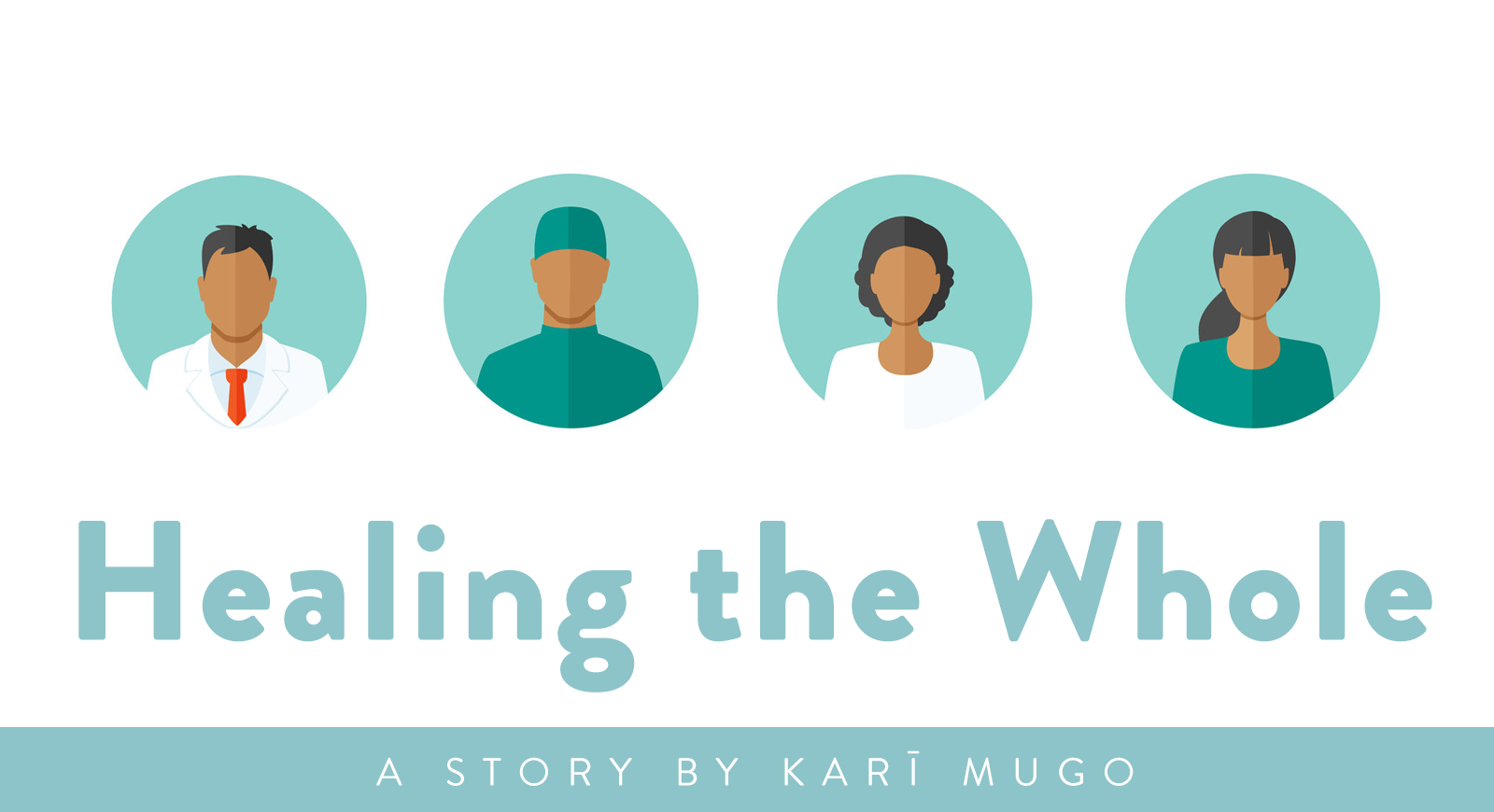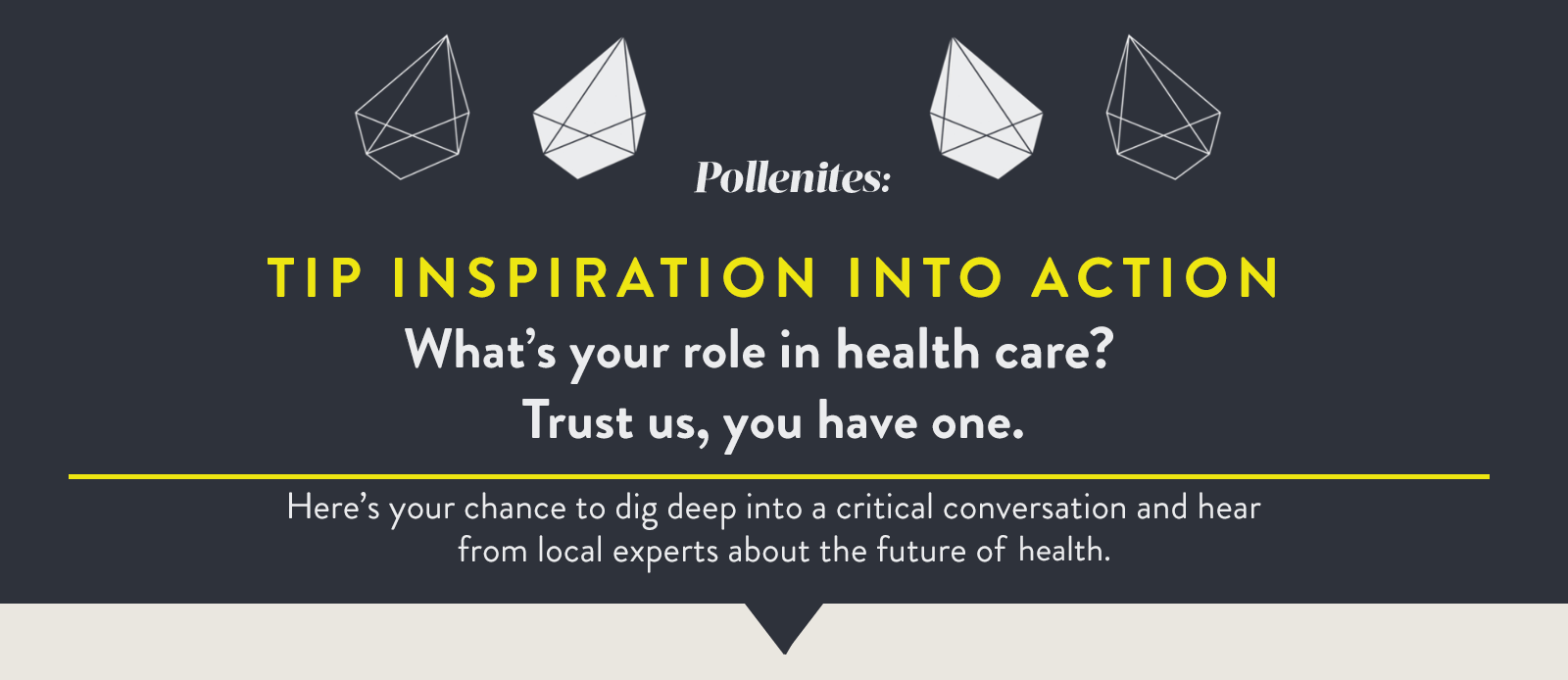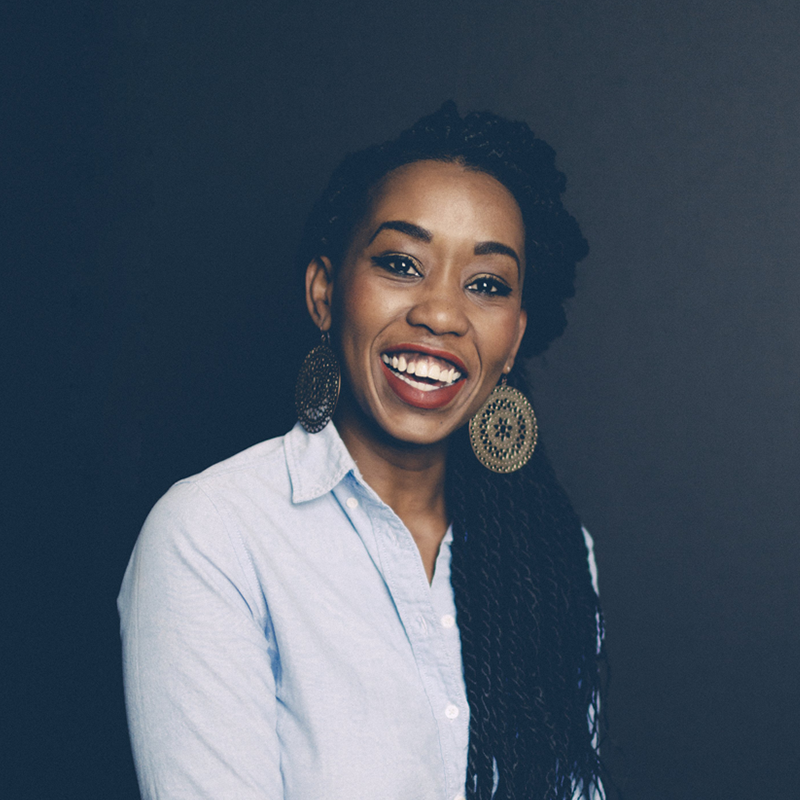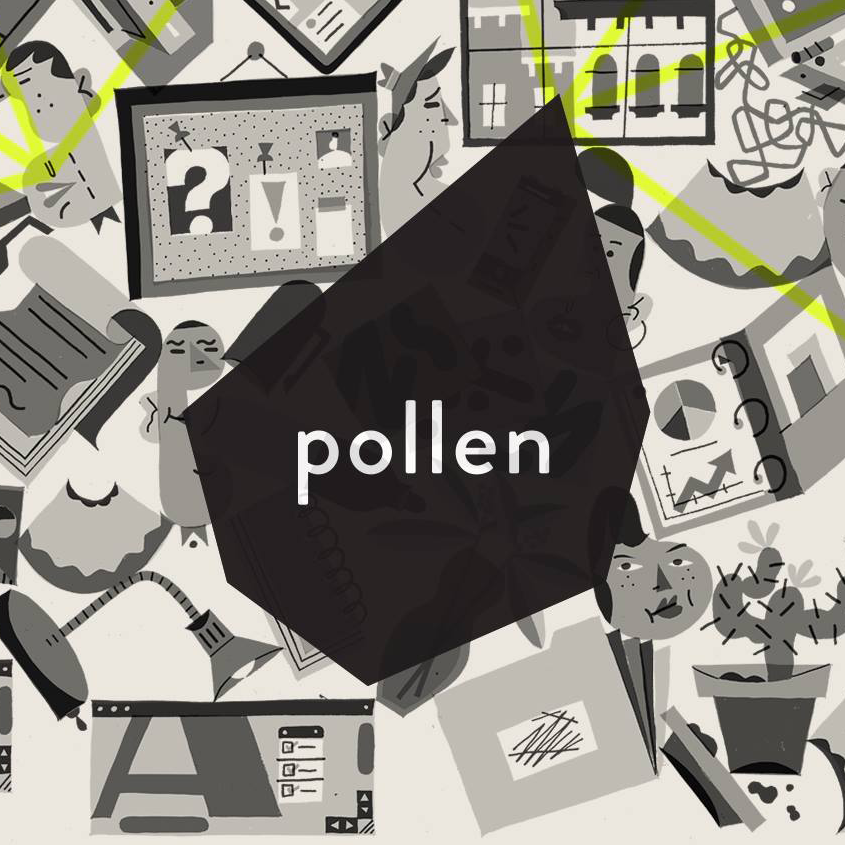
This story was written in advance of Augsburg College’s 2017 event “Conversations on the Creative Economy—Healing the Whole: Developing Care Models for Diverse Communities.” Karī Mugo primed the conversation by digging into the complexity of current models. The production of this story was made possible by support from the Strommen Center for Meaningful Work at Augsburg College.
For the first seven years of Tammy Sinkfield-Morey’s nursing career at Gillette Children’s Specialty Healthcare, she was one of the only Black nurses at the hospital. It was an experience that has since helped guide her practice. She had families that wanted her to care for their children solely because of the color of her skin and others who didn’t trust her to care for them for the same reason.
“As a chronic patient myself, there were times when I walked into an office and I was the only Black person there and I wasn’t certain about my level of trust for these people that were providing care for me. Having had those experiences, I was able to intuitively understand what these families coming into Gillette felt too.”

Tammy knew that what each family was looking for was a sense of familiarity. They wanted someone who looked like them. Someone they felt they could relate to. At a time when Minnesota is becoming increasingly diverse, communities of color continue to lag behind in health outcomes despite the state ranking near the top in various measures of health outcomes. There is an urgent need to address these disparities.
Change, inevitably, will need to come from the inside by disrupting current care models that fail to take into consideration the socio-cultural experiences of a diversity of communities. Not to mention embedded stereotypes that affect how different patients receive healthcare. Take for instance recent studies showing that Black patients are half as likely to receive pain management medications in the emergency department than their White counterparts “with the same level of pain and everything else being accounted for.”
People’s Center Health Services, a network of Federally Qualified Health Clinics in Minneapolis, understands this need to change how they do health care. With a growing Somali and Oromo patient population, People’s Center is making efforts to provide culturally competent care; ensuring everyone feels welcome at their clinics. This starts with having a staff that reflects the patient population, from culture to language.
“People come to us when they’re vulnerable,” says Sara Theophilos, COO of People’s Center, “we’re really trying to lower the barrier starting at the frontline.”
And once patients are in their clinics, People’s Center does its best to provide holistic wellness by integrating its services to produce the best health outcomes. The health care system is complex on its own, but when you add in language and culture barriers, accessing health care becomes even more complex. Having everything in one place and someone to guide patients through the different facets of their health care can be the difference between getting a patient’s diabetes in check or a lifelong series of health complications.
“What we try to do is when someone comes in with one thing, we provide a wrap around model—from transportation to education to dental care. For example, when someone gets diagnosed with something chronic, we have behavioral health integrated into their care. We have care coordinators who make sure that if someone goes to the ER, they follow up with primary care and make sure they have transportation and interpreters, if needed.”
Tammy knows empathy and awareness live at the center of holistic care. While enrolled in Augsburg’s Transcultural Nursing Program, she implemented a trial project at Gillette. Dubbed “Story Care,” Tammy challenged the nurses in her project to self-reflect on their biases while making efforts to engage deeply with the families they were providing care to by sharing stories. The result was an estimated 88% improvement in patient satisfaction for families in the project.
“With our current nursing practice, with all the electronic modeling and on-time charting, we’re losing the aesthetic of nursing, the art of it.” Tammy says.
The project allowed the nurses to build connections that changed how they work. It also made them more conscious about their interactions, especially with families of color.
“They ask more questions that are culturally appropriate that they were afraid to ask, because they thought they might have been culturally offensive. They’re taking more time to understand who they are and what their prejudices are.”
Such efforts at improved training for health care professionals, along with other tactics such as using data to better target care plans for patients, are paving the way for the next generation of health care in Minnesota—one that considers the whole.

On March 21, join Chris Farrell from MPR at Augsburg College as he interviews leaders working on creating inclusive care models.
This discussion will examine how leaders in healthcare are at the forefront of confronting the need to recruit diverse teams in order to serve an increasingly diverse world.
![]()
Guests include:
Mary Brainerd
CEO of Health Partners
Sara Theophilos
COO of People’s Center Health Services
This presentation is FREE and open to the public.
Sponsored by GREATER MSP and the Bush Foundation. Presented by the Strommen Center for Meaningful Work at Augsburg College in association with Minnesota Public Radio.
Story created in partnership with the Strommen Center for Meaningful Work at Augsburg College.
Contributors

